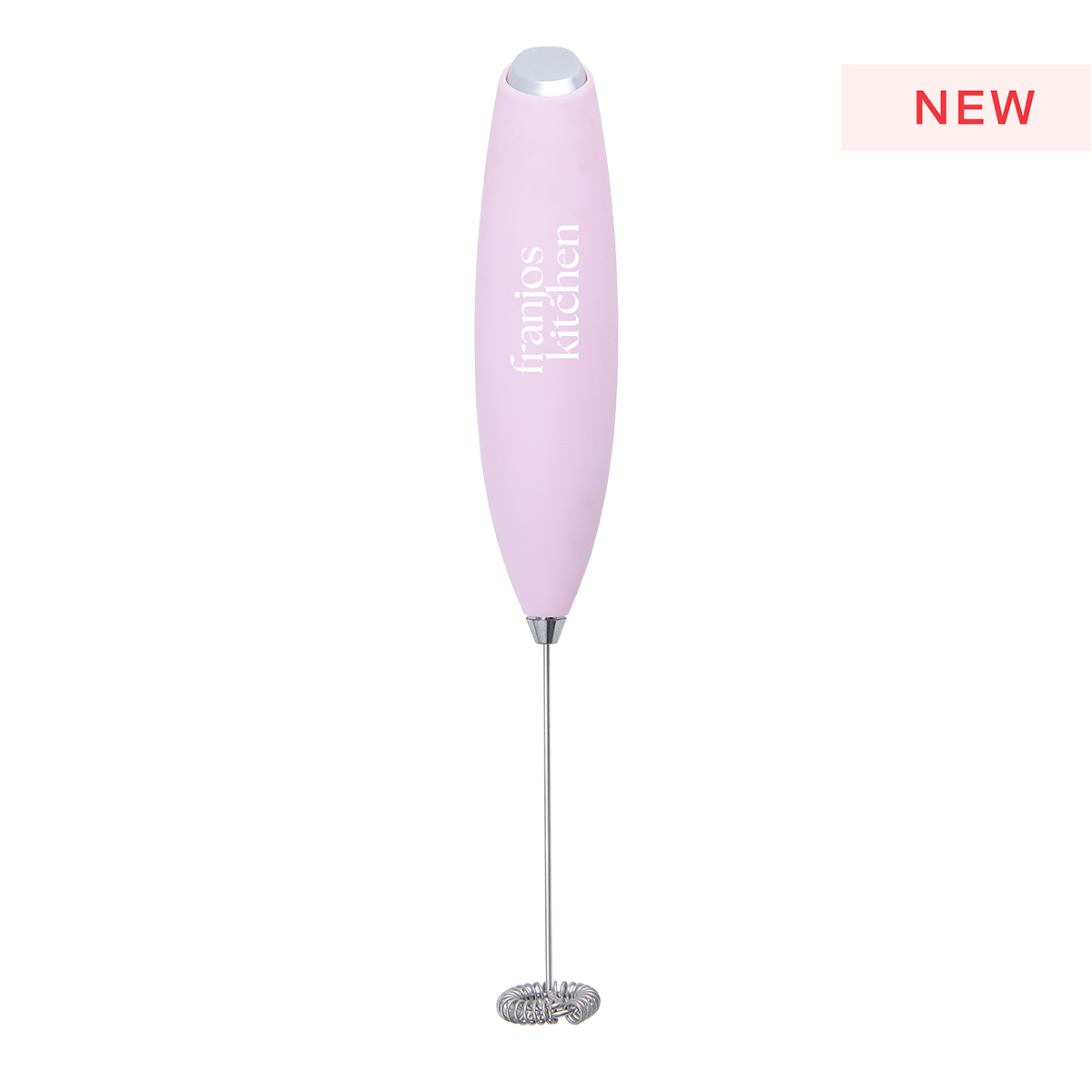A Lactation Consultant's Guide to Mixed Feeding
When it comes to mixed feeding (combining breast milk and formula), there are several considerations and guidance from lactation consultants that can be quite helpful. Not all mother’s or parents can exclusively give breastmilk to their babies, for a variety of reasons, and it is essential that these parents also get the right information and support. Some parents have medical conditions that prevent the full capacity of milk being produced, or are taking medications that may be incompatible with breastmilk in either small or any quantities for instance. Some babies have sucking issues, or breast aversions, or the parents may have had a really challenging breastfeeding experience that is impacting their mental health in a negative way. There are many reasons why one may choose to combine breastmilk with formula, and it is important that you get the right information to make this a well informed decision. Here are some points that are important to consider if you feel mixed feeding may be the right decision for you and your family.
Planning ahead
If you feel mixing formula and breastmilk may be on the cards for you, I encourage you to plan ahead, and book in a 1:1 session with an IBCLC lactation consultant or other feeding expert who will support your preferences and provide you with information you need to succeed in your plans. Ask around for recommendations of support options that others found helpful who had similar goals. There is a strong support of exclusive breastfeeding in the lactation community, however, all parents are entitled to non-biased feeding support that is going to work for them. Choosing to mix feed has many elements to consider, and the more informed you are the more positive your journey can be.
Establishing breastfeeding
Even if you are planning to introduce bottles and formula at some point, you will want to initiate breastfeeding if that feels right for you. Learning about how to latch (the breastfeeding technique) to keep your nipples comfortable is a great place to start. Opting to try the breast crawl, the very first feed your baby has, allows them to make their own way to your breast and latch on using the power of their inbuilt instincts - this takes patience and staff will need to allow your baby to take the lead.
To support your milk supply, you will want to enjoy skin to skin as much as possible, and offer your baby the breast frequently. Be mindful that when your milk comes in your breasts may feel full, and you can choose to breastfeed or express to help with any discomfort, as well as use cold therapy (ice packs) and pain relief if necessary. Pay attention to how full your breasts feel and keep breastfeeding or expressing regularly to allow your body to establish your milk supply, through the process of supply and demand. If you repeatedly leave your breasts full for too long, this can down regulate the milk making process and your supply may not establish, meaning you may need to feed with formula more than you were hoping to.
Introducing Formula
Deciding what formula you will choose for your baby is important. I recommend that parents do some research and make this choice before the baby arrives where possible. It doesn't mean you need to purchase anything, but just knowing what you would choose if you needed to use formula for whatever reason really helps you feel prepared and reduces the stress in the moment.
There are so many options out there, and often parents look to health professionals for the right answer. Unfortunately no IBCLC lactation consultant can make a recommendation around which formula is best. Choosing formula is a very individual choice. I would suggest considering the following;
- Company values
- Quality of ingredients including organic ingredients
- Availability
- Affordability
Be open to switching brands if your little one doesn't seem to take well to what you have initially chosen.
Items you will need
Do some research around feeding equipment, cleaning and sterilizing practices that will work best for you. Anything that formula is fed with needs to be sterilized after every use. I recommend UV sterilizers as an option as they are the most efficient and least messy. Boiling on the stove is ok as a very short term mesure, but this method really adds to the mental load.
Choice of bottle is important too, we want a wide neck bottle, avoid narrow neck teats, and make sure you watch a video about Paced Bottle Feeding to get the technique right for a newborn to reduce flow/nipple confusion/preference.
Balancing Breastfeeding and Formula
Switching from breasts to formula can be confusing as there are two very different processes. When you are feeding with a bottle it is very obvious how much your baby is and isn't consuming. This can be very different from the more observational tools required for feeding directly from the breast.
You may notice there are guidelines for feeding volumes on the formula tin, however it's important to keep in mind that it is in the interest of the formula company for you and your baby to consume as much product as possible, and there is little research to support that these volumes are best practice. As a guide 150 mils per kilo per day divided by the amount of times your baby is feeding is generally what is medically acceptable to offer your baby per feed (i.e. 150 x 3.4 / 8 = 510 /8 = 64 ml per feed). This is a good starting point and just remember that your baby may want to drink less or more at different times during the day and at different feeds. The biggest feedback that your baby is getting the right amount of milk is their level of digestive discomfort after a feed, the level of contentedness throughout the night and day, their amount of wet and dirty nappies, and also their weight gain each 1-2 weeks.
Maintaining Milk Supply
If you are mixed feeding and want to maintain your milk supply long-term then breastfeeding directly from the breast as much as possible will really support this. Other supportive measures include using a quality electric breast pump taking care to rest, stay hydrated with a tasty hydration powder and consume a diet that is nutritious for a breastfeeding parent, including extra snacks to make up for the additional calories your body needs to produce breastmilk.
Understanding the concept of supply and demand when it comes to breast milk production is very important. The more your baby drinks from your breast and the more you express aka remove the milk the more your body will work to replenish your breastmilk supply. If your baby is consuming more formula then breast milk we tend to see a steeper decline and breast milk volume particularly in the early weeks. As a guide it takes around six to eight weeks to establish breast milk production however this can be a very individual process.
Seeking Support
Regardless of the reason you are choosing to mix feed, everyone is entitled to quality support and feeding their baby. It's important that health professionals offer non-judgmental and emotional support, as well as practical tips and tricks to make the process as streamlined as possible. As your baby's needs grow and change so will the type of information and support that you need change and evolve too. Sometimes turning to other parents who have been down the path of mixed feeding can be helpful. Just keep an open mind that every baby is unique so what works for one baby may not work for yours.
Joelleen Winduss Paye is a Holistic Lactation Consultant, Midwife, Naturopath & Educator based in Melbourne, Australia. She is the founder of JWP, a holistic breastfeeding service that is both in-person and online. Joelleen can be found at www.jwp.care and also at @jwp.ibclc where she shares holistic and supportive content for breastfeeding parents.
Image: Joelleen and her precious baby*


